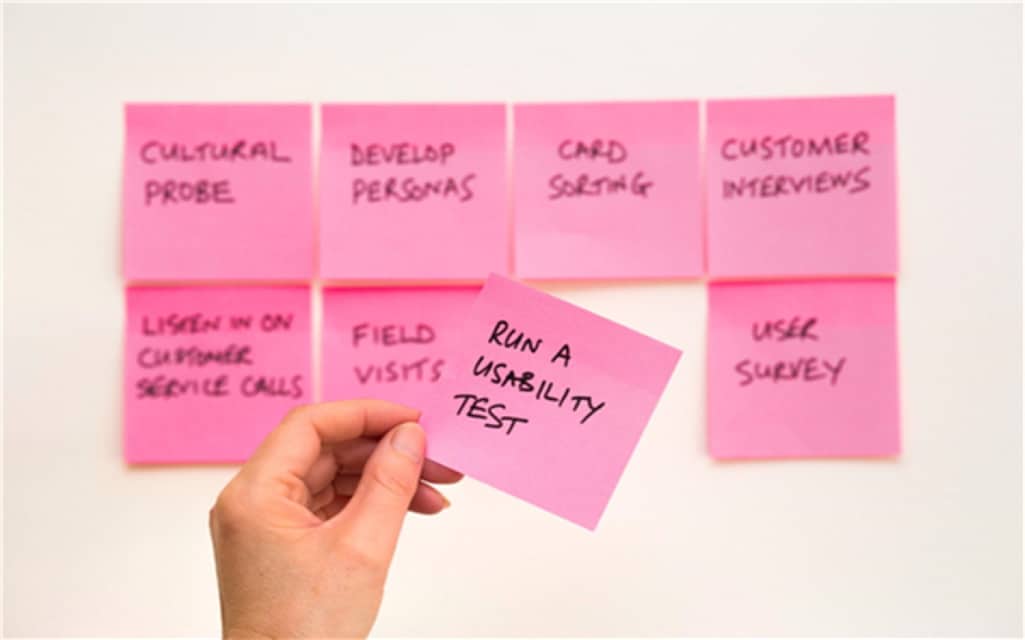Product development may sound simple. After all, every retail manufacturer does it. How hard could it be? Turns out, doing product development well is not as simple as it appears. From idea generation to the final output, there are lots of steps involved.
Have you ever thought about how the leading product developers and manufacturers in the world do what they do on such a massive scale? Take any leading manufacturer or product developers like Ford, Apple, Nintendo, Nestle, PepsiCo, Unilever, or Nike. They’re all known for one thing: world-class products that set them aside from the rest. But the question lingers—how do they do that?
What goes into leading product development?
As mentioned in Chron, a product can make or break a business, especially start-ups. Product development may include different steps depending on the nature of the product and the company, but typically, most companies include at least a few common steps as a baseline. As listed by Wells and Fargo, these include:
- Idea generation: Any new product takes life from idea generation. You gather ideas from customer feedback, market research, and so on.
- Research and Development: Once you have the idea and it is validated, work on the research and development to develop a prototype.
- Testing: Needless to say, your final product needs to go through rounds of testing to ensure it is fit to be released in the market.
- Analysis: Gather the data you collect during the testing phase. Once you have them, analyze the data and, if needed, make final modifications before you roll out.
- Roll out: It is the final step for any product development. At this stage, you release the product to the market for mass consumption.
What is Product Lifecycle Management Software?
Product Lifecycle Management (PLM) software is a solution that allows you to manage information and data through each step of product development. Retail PLM specialists use PLM software as the backbone of their product innovation strategy.
How PLM Software Empowers Product Development?
For product developers and manufacturers who need to ideate, design, develop, and roll out products globally, it becomes critical for them to manage all their data centrally. A sophisticated PLM system becomes indispensable to store data at a single point. Let’s see how the PLM system benefits at every step of the product development lifecycle.
Idea generation: PLM helps to protect the intellectual property of the organization. Since all teams are on the same platform, regardless of their location, ideas don’t get lost, and the drive for further innovation is not lost.
Research and development: Since all the data are available centrally, product development can happen at a much faster pace. Different functions can collaborate faster. Hence, the total production time decreases.
Testing: Since the product developers, testers, designers everyone collaborate better, any issues found can be fixed faster.
Analysis: The PLM system has a great reporting and analysis system, which proves to be beneficial.
Roll out: Because all the process happens faster because of better collaboration, the rollout time to the market goes down, too.
Are you leveraging the PLM system?
If you want to grow your manufacturing or product development business cost-effectively, then investing in a PLM system is a great idea.



